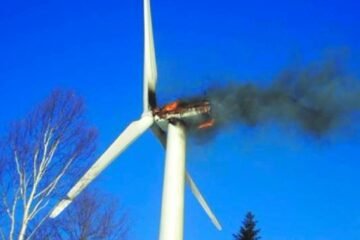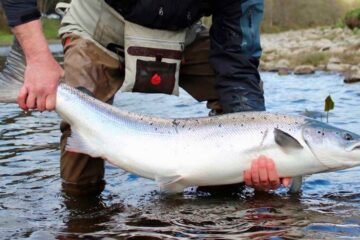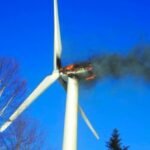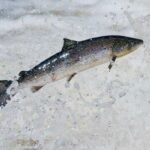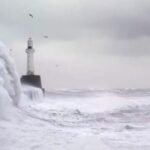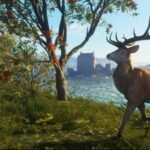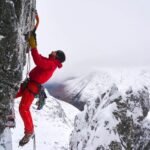It’s a sight many drivers dread — a deer frozen in headlights, seconds before impact. Now, fresh research by NatureScot lays bare just how common these collisions really are. Around 1,850 vehicle collisions involving deer happen every year across Scotland, a number that’s barely budged since 2016.
It’s not just about dented bumpers either. Each crash is a hazard to life — for both humans and wildlife — and the cost runs into millions when you add up repairs, insurance claims, and the emotional toll.
Where Drivers Face the Highest Risk
So where’s the danger greatest? NatureScot’s new mapping shows certain regions are far riskier than others.
The Highlands top the list, no surprise there given its vast estates and red deer herds. But it’s not all remote glens — busy commuter roads in Perthshire and Aberdeenshire see plenty of run-ins too.
One short line: Rural routes with tree-lined verges are prime spots for sudden crossings.
NatureScot’s report says dusk and dawn are peak times. That’s when deer move to feed — and visibility is worst for drivers. A bad combo.
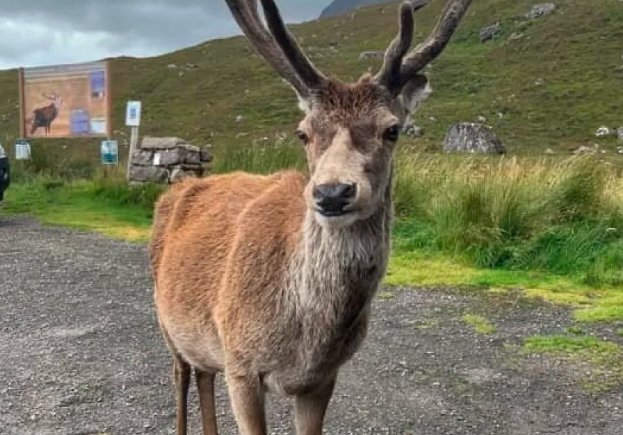
Scotland’s Deer: More Than Just Red
Many folks think “Scottish deer” means red deer — those iconic stags you see on whisky ads. But there’s more to it.
Scotland has four main species:
-
Red deer: The largest, roaming highlands and glens.
-
Roe deer: Small and common, often seen near towns.
-
Fallow deer: Descendants from animals brought over by the Normans.
-
Sika deer: Introduced from Asia more than a century ago.
And now muntjac, an invasive species, has started appearing too. Small but agile, they’re a rising worry for road safety.
Why Are Collisions So Common?
It’s partly a numbers game. Scotland’s deer population is healthy — maybe too healthy, say some conservationists. More deer means more crossings.
Add in fast rural roads with blind bends and you’ve got a recipe for accidents.
One-liner: You can’t fence off half the country, after all.
NatureScot’s analysis hints that weather patterns play a role too. Harsh winters push deer lower into the glens. Hot summers can do the same when water is scarce.
Can Anything Be Done?
It’s not all doom and gloom. The report highlights measures that can help.
One paragraph: Some councils have trialled reflectors along verges — they bounce headlights into the forest, warning deer off. Others put up wildlife tunnels and fencing near known crossing points.
Here’s a simple table showing what works best:
| Solution | Effectiveness | Cost |
|---|---|---|
| Roadside reflectors | Moderate | Low |
| Fencing | High | High |
| Wildlife tunnels | High | High |
| Warning signs | Low | Low |
Local drivers also have a role — slowing down at dawn and dusk, especially on roads flagged as high risk.
A Call for Balance
Deer are part of Scotland’s natural identity. From Glen Etive to urban fringes, they’re woven into local folklore and rural economies.
But the collision numbers make clear — coexistence needs work. If nothing changes, we’ll keep losing money, cars and wildlife.
One tiny thought: Maybe that’s the real takeaway — a little more caution, a little less rush, might save a few more lives on both sides of the bonnet.


